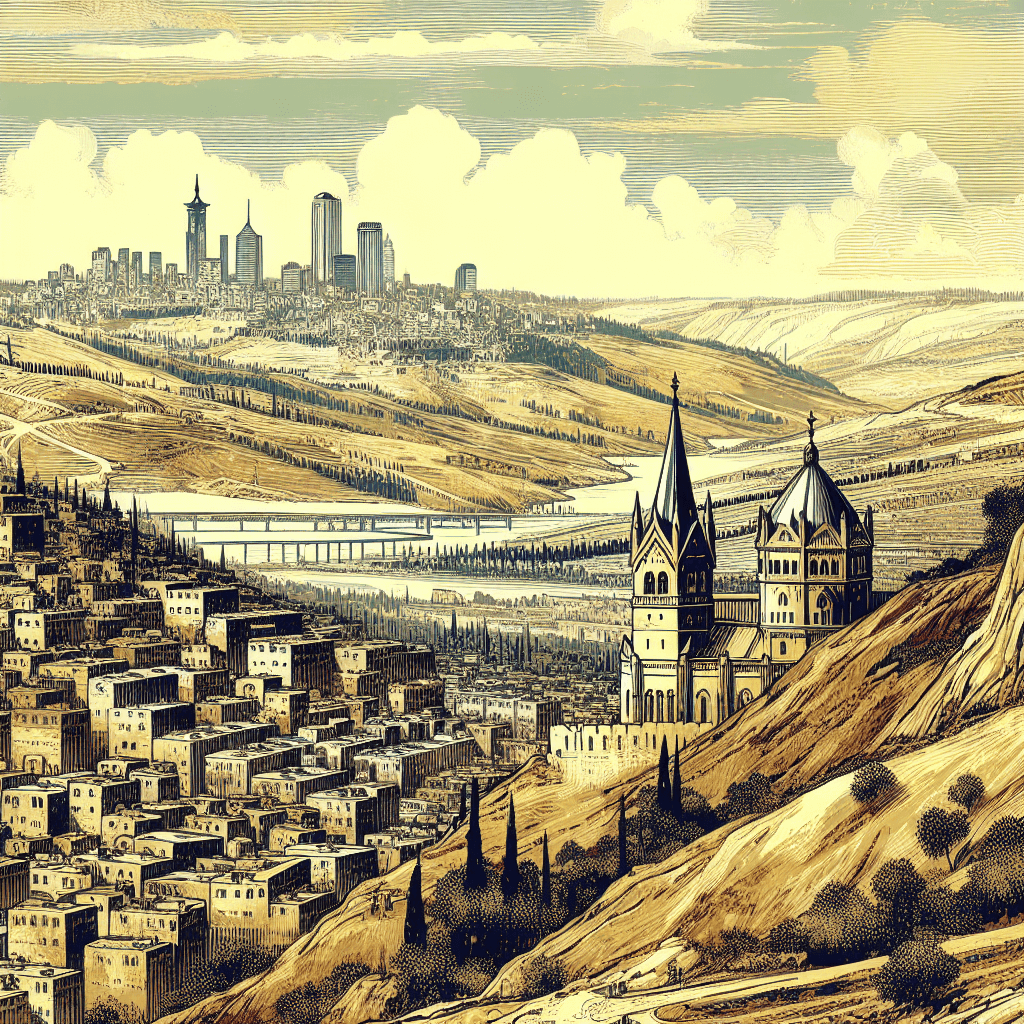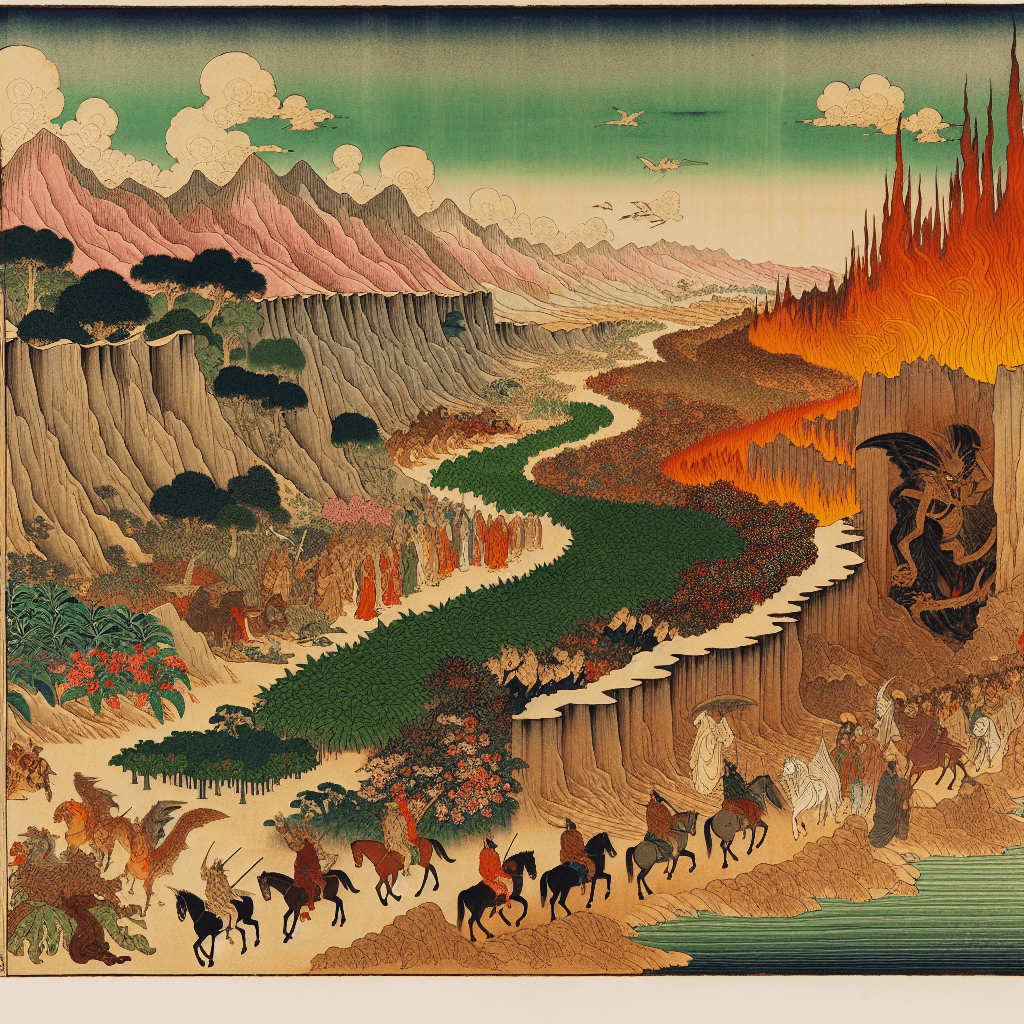Title: Modern-Day Relevance: The Valley of Hinnom in Contemporary Jerusalem
syndu | Feb. 15, 2025, 5:28 a.m.

Jewish Tradition and the Threshold of Gehinnom: A Closer Exploration
The Valley of Hinnom, known in Hebrew as Gei Hinnom, occupies a central place in Jewish tradition, nestled on the southwestern outskirts of Jerusalem. Over the centuries, this gorge has been linked to eschatological symbolism, most famously as a gateway to Gehinnom, the realm of divine judgment and purification. Below, we delve into rabbinic and Talmudic teachings on this association, differentiating literal interpretations from more allegorical readings.
Rabbinic Perspectives and the Gates of Hell
In Jewish lore, the Valley of Hinnom frequently appears as the threshold to Gehinnom, where individuals who have strayed from righteousness face judgment. This stems from rabbinic literature, which refers to the valley in discussions on the afterlife. The Talmud, a cornerstone of Jewish scholarship, includes references to Gehinnom as the place where sinners atone for their misdeeds.
Key passages depict Gehinnom as a realm of torment for the wicked, evoking images of flame and penalty inherited from the valley’s associations with child sacrifice to the Canaanite deity Moloch—a practice vehemently condemned in the Hebrew Bible. The lingering reputation of Hinnom as a site of punishment, in turn, fueled the notion that it might serve as a literal gateway to Hell.
Literal vs. Metaphorical Concepts
While some sources treat Gehinnom as a distinct physical location beneath the Valley of Hinnom, others interpret it in symbolic terms, seeing it primarily as a condition for spiritual refinement. Those inclined toward a literal view envision Gehinnom as a tangible domain of fire and suffering, consistent with the valley’s historical associations with burning refuse and illicit sacrifices.
Alternatively, metaphorical interpretations define Gehinnom as a temporary period of cleansing. Souls enter this “purgatorial” zone before ascending to the higher realm known in Jewish tradition as the World to Come. The emphasis in these readings falls on moral transformation, divine compassion, and the power of repentance to amend wrongdoing.
The Influence of Midrash
Midrash, a style of commentary and narrative expansion, adds further layers to understanding Gehinnom and Hinnom. These texts employ allegory and symbolic storytelling, often emphasizing lessons about personal responsibility and repentance. One notable Midrashic account holds that, within Gehinnom, each person contends with the results of their moral failings, underscoring the importance of introspection and growth. Through this lens, the Valley of Hinnom becomes a literary stage reflecting humankind’s capacity to reconcile sins and seek redemption.
Conclusion
From literal depictions of a fiery underworld to broader philosophical notions of atonement and renewal, the Valley of Hinnom has firmly cemented its place in Jewish tradition. Through Talmudic and Midrashic passages, we see how Hinnom transcends geography to become a potent symbol of transgression, consequence, and the eternal hope for spiritual rebirth. Exploring this storied valley reveals the dynamic interplay between history, collective mythmaking, and the quest for moral betterment in the Jewish religious imagination.






